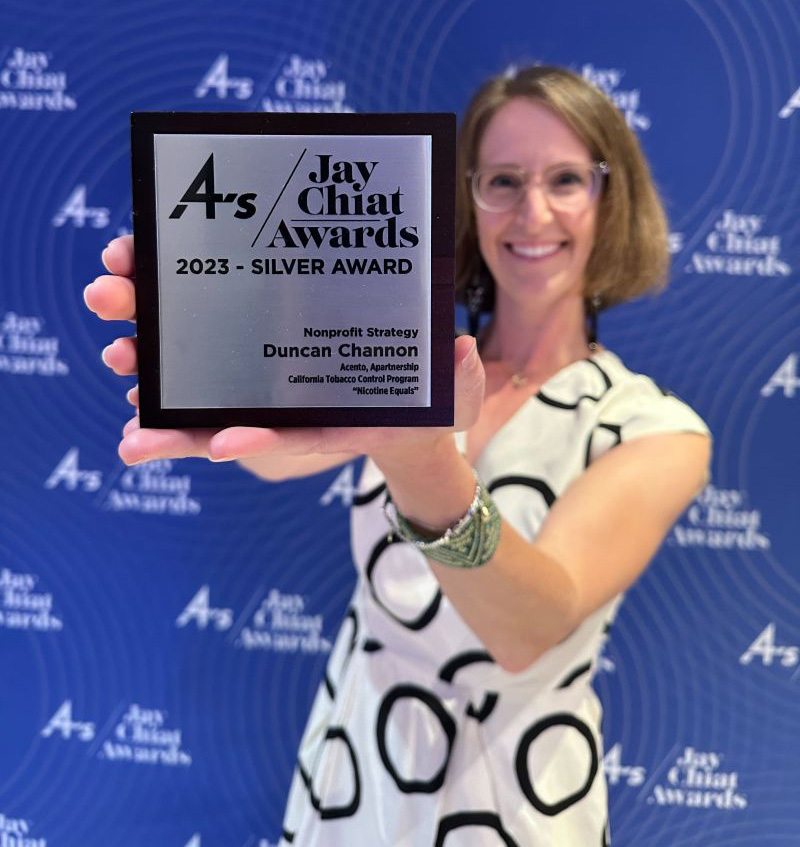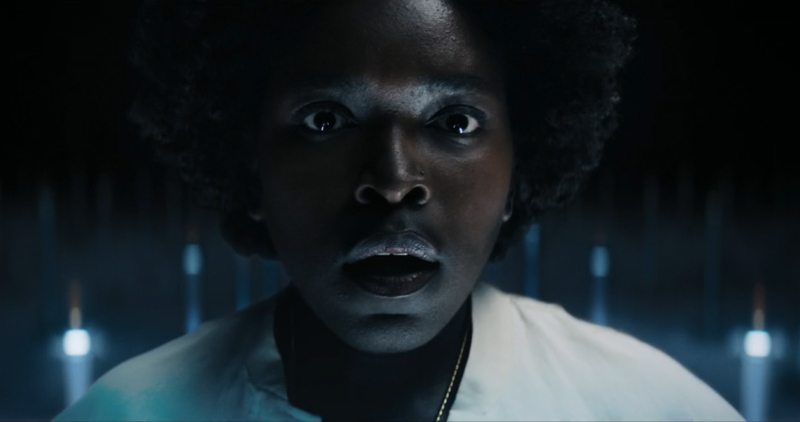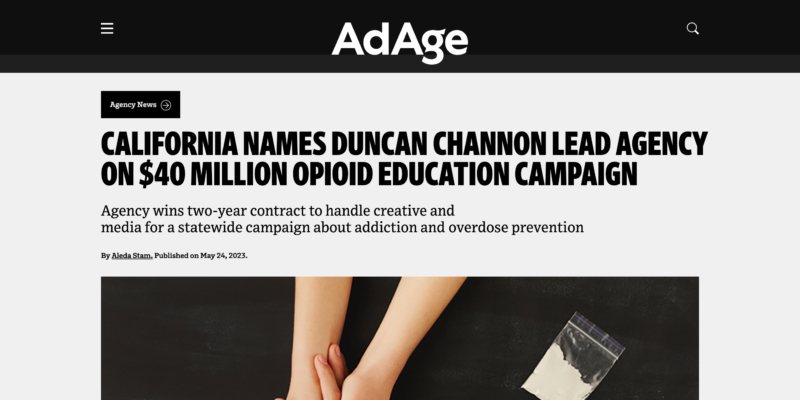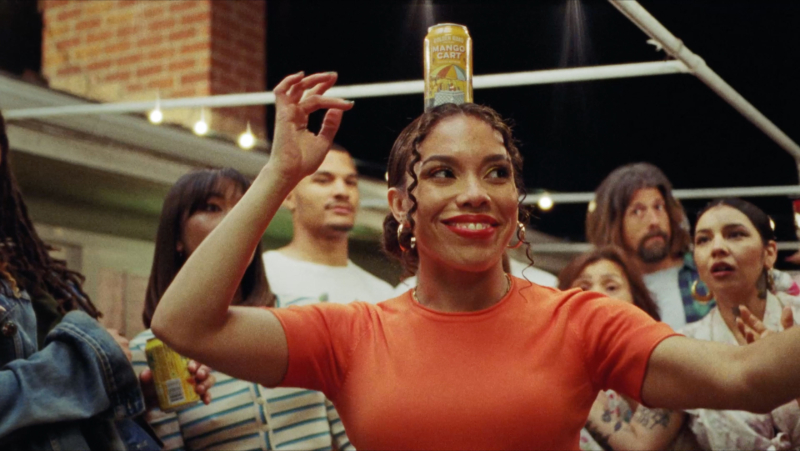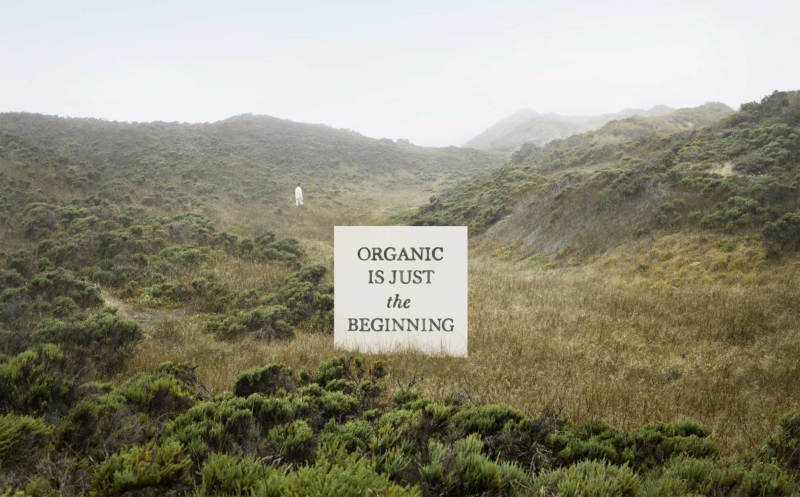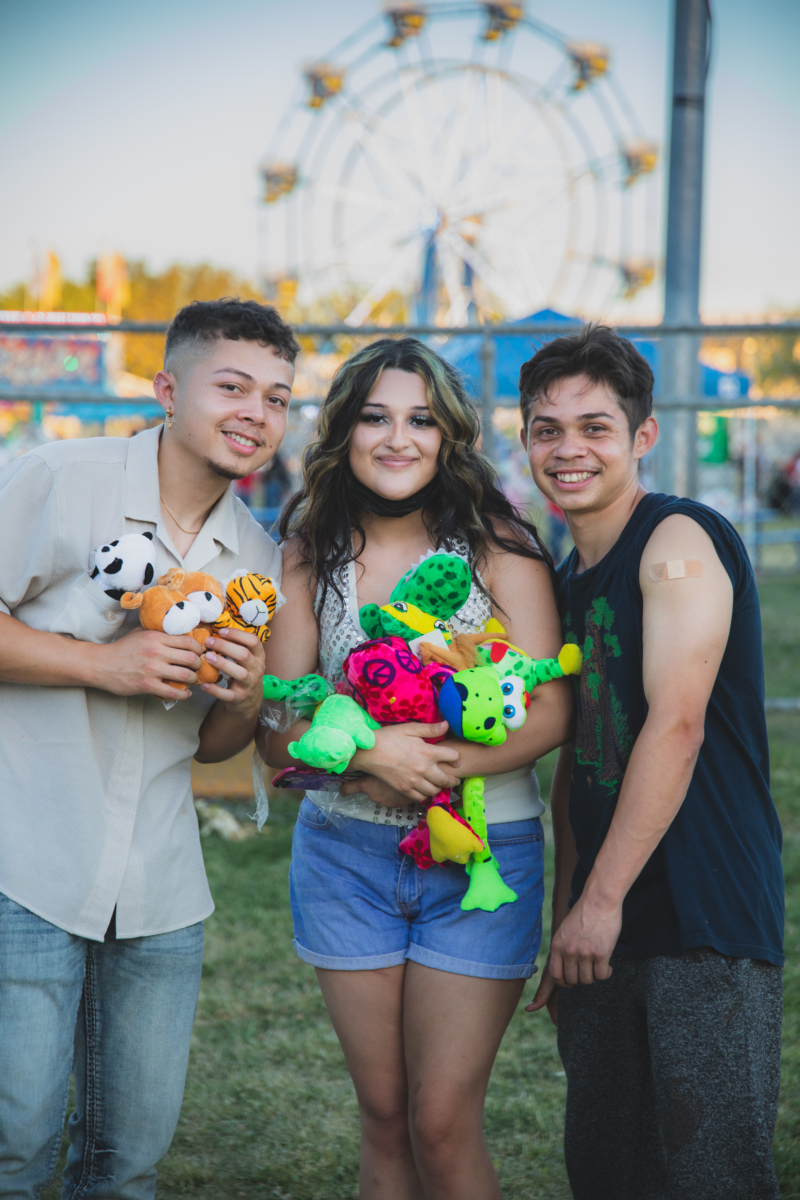History of The Tip
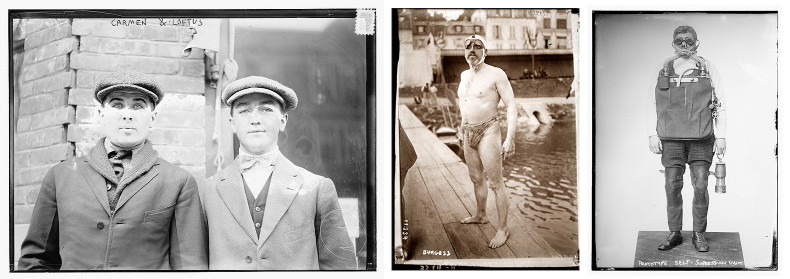
By way of lamenting Langhorne’s presumed passing, the Call went on to describe his one and only heir: “Where the (apparently) late Lord Langhorne was robust of appetite and rotund of figure, his son, Nigel, 21, is pale of visage and gaunt of corpus and given to utterances far too easily swallowed by a quiet room, which is precisely where the lad resides, in the gloaming of his subterranean apartments in the depths of his pater’s magnificent manse. One would be forgiven to presume Langhorne fils to be consumptive, but alas the condition may be far more complex.”
Apparently, not long after, Nigel snapped out of it, transforming his inheritance, The Typpler’s Golden Goblet & Goat, into The Tip [sic], San Francisco’s first known gay bar — evidently that complex condition the reporter ascribed to him serving as a period euphemism for the love that dare not speak its name.
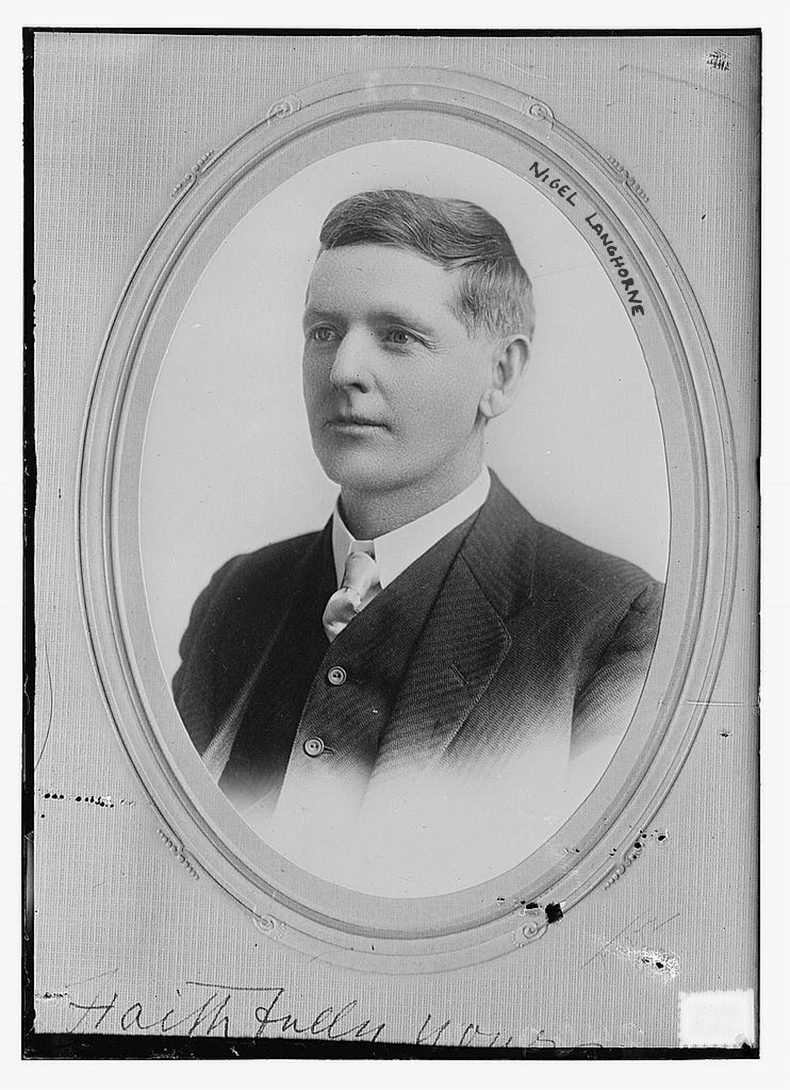
Turns out this pale acorn did not actually fall so far from the tree. Indeed, Nigel Langhorne would become as celebrated — and as seminal — in his circles as Lord Lucky was in his. And as related in his diary (enshrined at UC Berkeley’s Bancroft Library), it was surprising even to Nigel how those circles turned out to overlap (some of his dad’s bigshot buddies, it seems, returned to the reconfigured scene with a renewed gusto).
The Tip expanded into adjacent buildings until it had become a vast, multi-level phantasmagoria of drag queens, proto-leather boys, pitchers, switchers, catchers and all manner of men and manly practices that would ultimately enliven an entire downtown city block. And not long after a prospector discovered glittering yellow flecks in his pan at Sutter’s Mill in 1848, the Tip would explode with newly enriched miners prospecting for hot comfort from the Sierra’s solitary cold.
In San Francisco, thanks to Nigel Langhorne, the Gay Nineties started four decades early — not to mention the gay ‘70s, ’80s and beyond.
··········
Previous · Chapter 3
The goat of the Embarcadero
··········
Next · Chapter 5
Highlights of the Hartman collection
